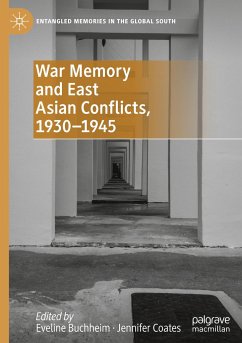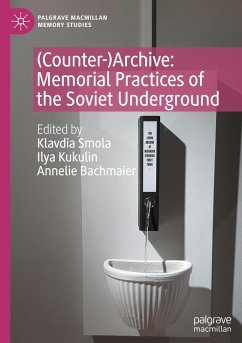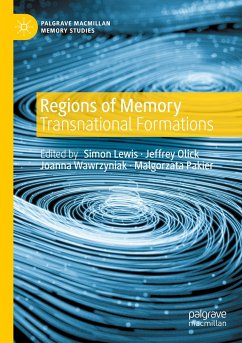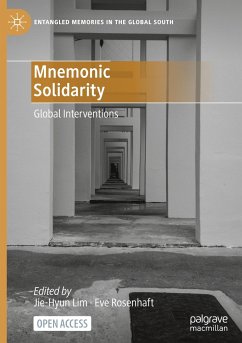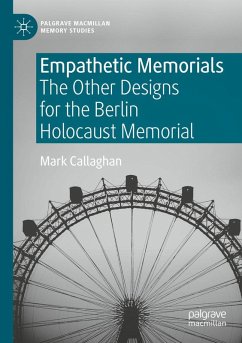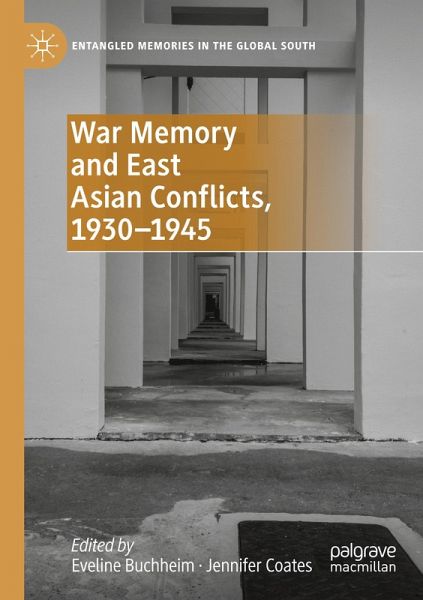
War Memory and East Asian Conflicts, 1930-1945
Versandkostenfrei!
Versandfertig in 6-10 Tagen
113,99 €
inkl. MwSt.

PAYBACK Punkte
57 °P sammeln!
This book explores how narratives, exhibitions, media representations, and cultural heritage sites that communicate memories of conflicts in East Asia between 1930 and 1945 spread, interact, and are re-packaged for post-war audiences across national divisions. The contributors examine individual case studies of grassroots engagement with war memory, and collectively demonstrate the necessity of remaining aware of the researcher as participating in another kind of engagement with war memory.Contributions showcase a number of ways of doing research on war memory, alongside case studies from dive...
This book explores how narratives, exhibitions, media representations, and cultural heritage sites that communicate memories of conflicts in East Asia between 1930 and 1945 spread, interact, and are re-packaged for post-war audiences across national divisions. The contributors examine individual case studies of grassroots engagement with war memory, and collectively demonstrate the necessity of remaining aware of the researcher as participating in another kind of engagement with war memory.
Contributions showcase a number of ways of doing research on war memory, alongside case studies from diverse regions of the world. Taken together, they bring a fresh perspective to scholarship on war memory, which has tended to focus on space, text, exhibition, or personal narrative, rather than bringing these elements into dialogue with one another.
Contributions showcase a number of ways of doing research on war memory, alongside case studies from diverse regions of the world. Taken together, they bring a fresh perspective to scholarship on war memory, which has tended to focus on space, text, exhibition, or personal narrative, rather than bringing these elements into dialogue with one another.



